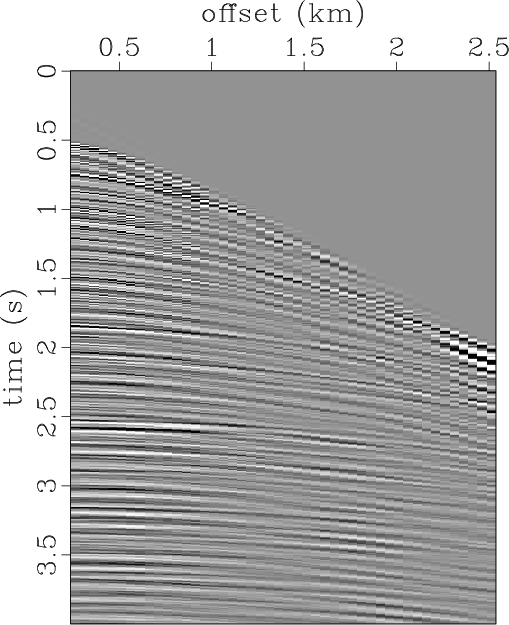A new paper is added to the collection of reproducible documents: Multiple reflections noise attenuation using adaptive randomized-order empirical mode decomposition


We propose a novel approach for removing multiple reflections noise based on an adaptive randomized-order empirical mode decomposition framework. We first flatten the primary reflections in common midpoint (CMP) gather using the automatically picked NMO velocities that correspond to the primary reflections and then randomly permutate all the traces. Next, we removed the spatially distributed random spikes that correspond to the multiple reflections using the EMD based smoothing approach that is implemented in the $f-x$ domain. The trace randomization approach can make the spatially coherent multiple reflections random along the space direction and can decrease the coherency of near-offset multiple reflections. The EMD based smoothing method is superior to median filter and prediction error filter in that it can help preserve the flattened signals better, without the need of exact flattening, and can preserve the amplitude variation much better. In addition, EMD is a fully adaptive algorithm and the parameterization for EMD based smoothing can be very convenient.



